Write Us
We are just a call away
[ LET’S TALK AI ]
X
Discover AI-
Powered Solutions
Get ready to explore cutting-edge AI technologies that can transform your workflow!

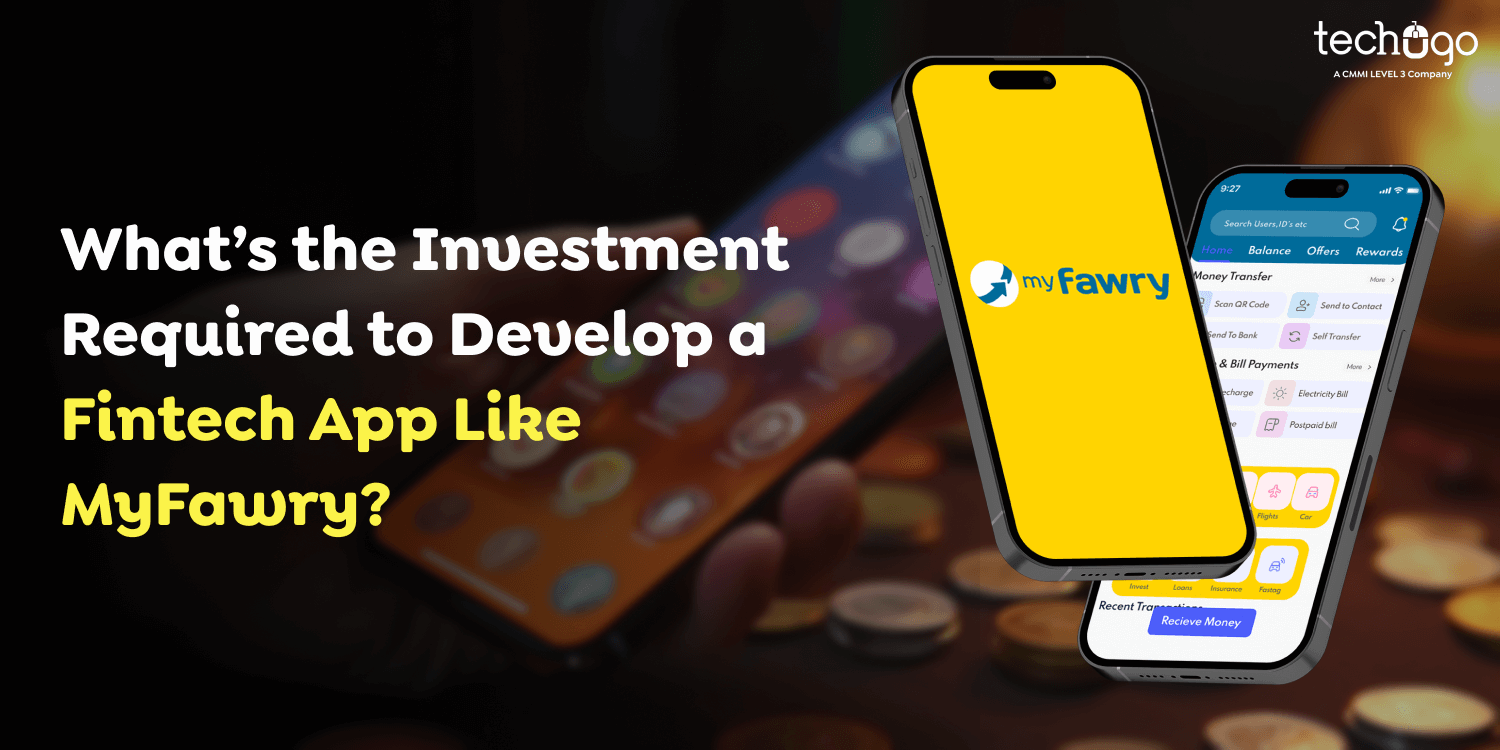
Looking at the expansion of digital payment and financial technology, Fintech apps have become relevant tools for customers and companies. A bright example is the Egyptian application like Myfawry, which is pinning by a fintech application that enables users to pay bills, use mobile services, and make multiple online payments. Most people desire to create similar services to those offered by Myfawry applications due to the high uptake of financial services across the globe.
However, one burning question remains:
What is the price of developing a fintech app like Myfawry?
In this blog post, we’ll examine the aspects of the fintech app development process, estimate costs, identify valuable processes, and discuss the modern technologies for payment app development. We’ll also showcase how a mobile app development company in Dubai can revolutionize digital wallet solutions with seamless and secure services.
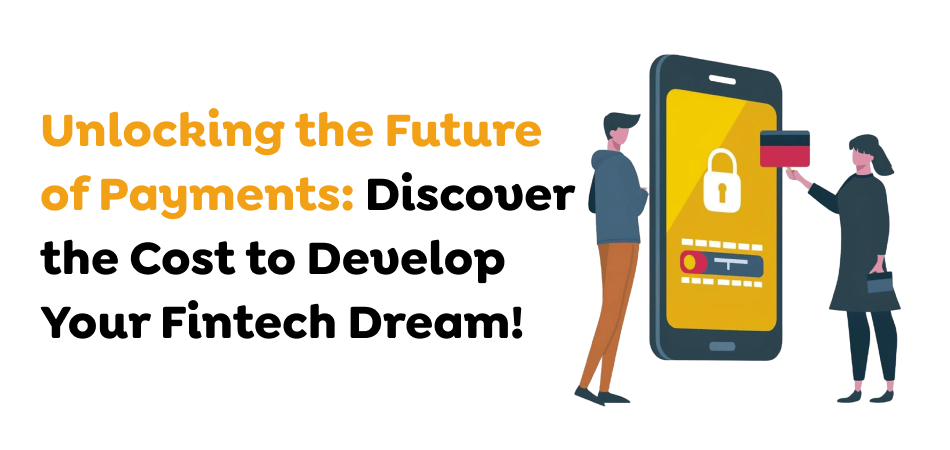
Let’s first take a closer look at where Myfawry fits in the fintech space and what sets it apart before being able to discuss the cost to develop a mobile app in Dubai. Myfawry offers a wide range of features, such as:
Knowledge of these features contributes to defining the app development subject and directly influences the cost.
Also Read : How Much Does It Cost to Build a Payment App Like Zain Cash?
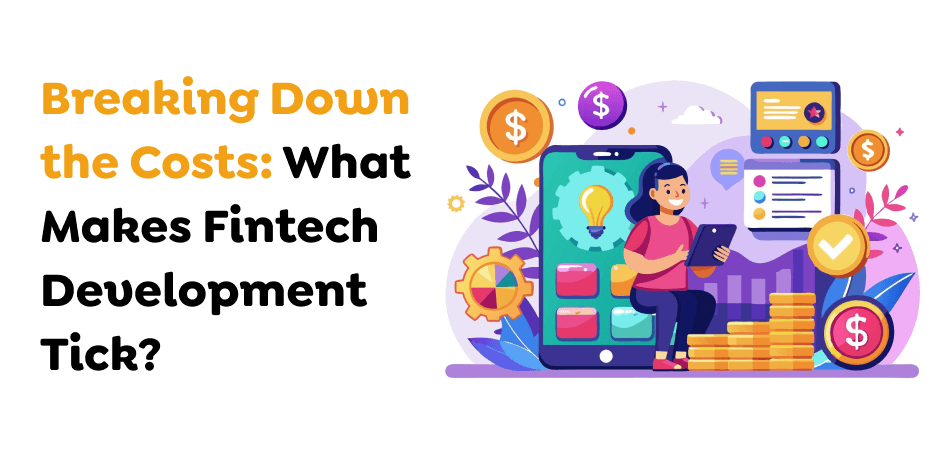
One needs to consider many factors when calculating the value of developing an app. The following outline is a breakdown of ways through which the general cost of the equipment has been determined:
Of course, it is equally important to state that the time taken to develop the app is a significant factor closely tied to its complexity. An application with fundamental functionalities, such as basic functionalities like payment gateways and initial user account management, will be considerably less expensive than an advanced licensed application encompassing superior security features, business analytics, and artificial intelligence integrated functionalities.
Creating a mobile app that will run on iOS and Android may be more expensive because of the extra development of code bases and proprietary features. Developing using cross-platform frameworks such as Flutter or React Native can help reduce costs because once all your coding is done for one platform, it can be transposed easily for another.
Also Read : Understanding the Challenges & Costs of Hiring iOS App Developers in the Middle East
Incorporating financial technologies into applications must include a smooth design of the application’s GUI that will make their usage a great experience. Overall, it is evident that the dynamic complexity of UI/UX design and the degree of customization will translate to costs for development.
However, the backend is one of the most significant factors determining the fintech app’s functionality. The development cost is directly proportional to the functionality of the backend system.
Backend development includes:
Since fintech apps work with private user information, protection is focused on. You need to invest in advanced security measures, which may include:
Further, each additional layer enhances the difficulty and cost of creating the fintech application.
Fintech apps often require third-party integrations, such as:
Every integration increases the development cost, especially where unique solutions are needed for specific areas or monetary systems.
Also Read : Creating an App Like Tamara For User-Friendly Split-Payment Solution
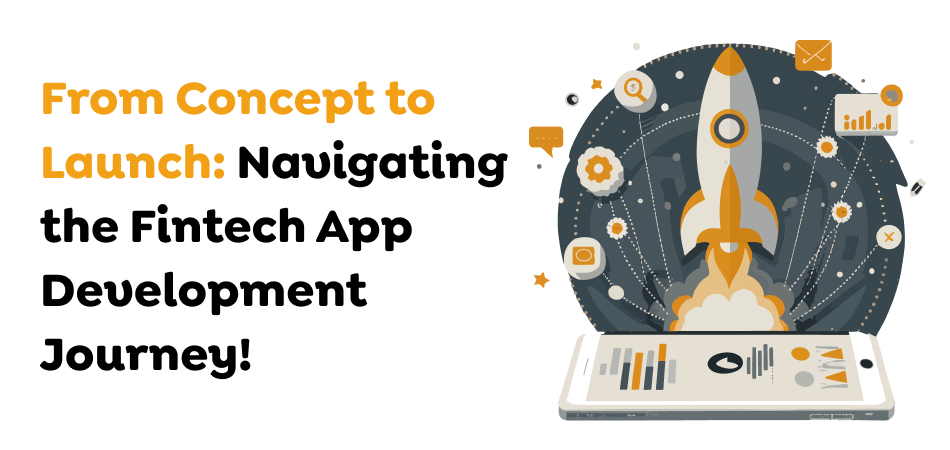
Myfawry is a fintech application that was developed through different phases, and their costs are as follows:
Real estate development needs extensive market research, market analysis, and project design before the development process begins. This stage includes:
This endeavor involves developing graphics and prototypes of the application’s appearance to the end users. The time and cost involved in this stage will depend on the complexity and distinctiveness of the design.
This is the mid-phase of the app development, whereby the features embrace both the front and back end of the application. Embedded coders code routine, incorporate APIs, and ascertain the feasible stability among each component. The writing time may vary from several months, especially if the app is complex and the team is substantial.
Bug detection and hassle-free usage by end-users called for the testing process. A fintech app must be tested for security and ease of use. Manual testing and automation testing techniques have to be conducted to ensure the quality of the manufactured application.
Also Read : Mobile Payment Solutions: Driving Cashless Transactions in Saudi Arabia
The applications are built and tested, then made live on the Google Play Store and Apple App Store or created as downloadable software. A particular utility requires further updates after its release to prevent security vulnerabilities and act according to the users’ feedback.
Also Read : Why is mobile app maintenance crucial for your mobile strategy?
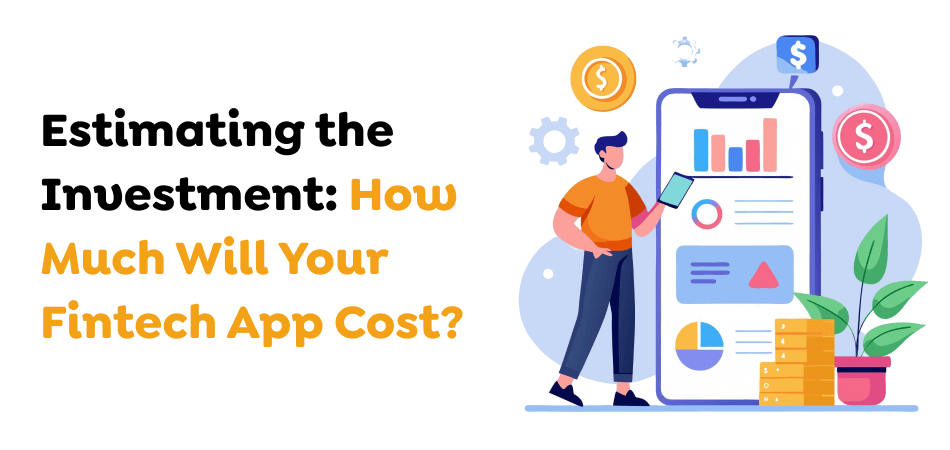
Based on the significant factors and stage of development of a fintech app like Myfawry, the following illustrates an estimate of the cost of creating it.
If you would like to explore more detailed insights on development costs, feel free to contact our mobile app development company in Saudi Arabia or send us a message today!
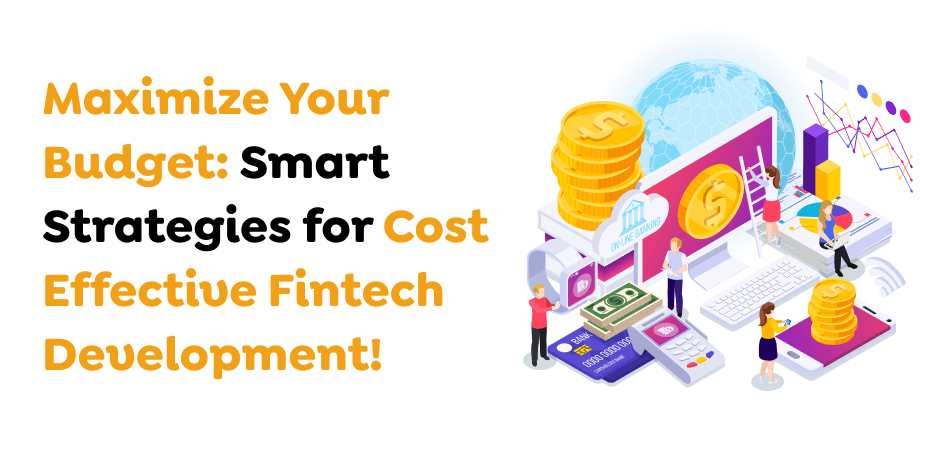
Beyond the primary development costs, there are additional costs that developers and entrepreneurs should consider:
The below activities are important after launching a mobile app. The code that your fintech app is based on will always have issues, and you will need to update it constantly to fix these bugs and add new features that may be compatible with new platforms. This can increase by 15-20% of the cost accrued in the initial development every year.
These are similar to the Term Reworded section, where the primary purpose is to explain a newly used term and enhance readers’ understanding.
Creating an app is great, but getting people to use it is entirely different. Most of these will require spending money on marketing campaigns/awareness, customer satisfaction, and promotions, which can go a long way toward tripling your budget.
Fintech apps need a robust hosting environment for writing and reading data and handling secure transactions. The cost of hosted cloud services such as AWS, Microsoft Azure, and Google Cloud can be seen based on app usage.
You will probably have to employ experts in legal matters if you want your fintech app to comply with the rules in KYC, AML, and PCI DSS. These legal and compliance services may also increase your expenses when working with several areas or countries with high prescriptions for compliance services.
Some sections of your app’s functionality, like CRM or analytics, can be sourced from Software as a Service (SaaS) suppliers. For example, if you were to actualize a specific analytics tool, there are various integrated, affordable solutions, including Google Analytics or Mixpanel.
It is essential to take measures from the start of developing a business online application to ensure it can accommodate future traffic increases. Design an easily scalable backend so that if your number of users increases, it won’t take much time to grow with the requirement, and rarely do testing for redeveloping the entire app.
Also Read : Reinventing the Financial Landscape Via AI in Banking
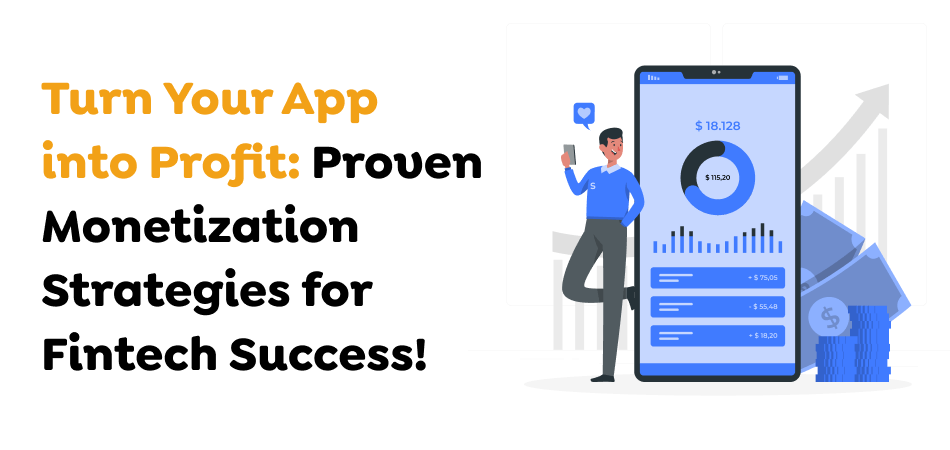
In many cases, after you get an application like Myfawry, the next idea is how to make money from it. Here are several ways to generate revenue from your fintech app:
One common strategy introduced in fintech apps is to charge a small amount for every transaction. For instance, the application will charge a certain percentage every time a user pays a bill or transfers money.
Special services, such as enhanced statistical data, cost analysis, and protection against fraud, are provided for a fee. The additional features described are available for a monthly or yearly subscription.
However, less prevalent in fintech apps because of the sensitivity of the services offered, advertisements within the app can help address the monetization model of free customers. But as we know, these ads should be acceptable with many things, such as serving important ads and making financial transactions.
Working with banks, insurance mobile app development companies, or telecoms can create a new revenue stream. You can refer people to these companies and get paid a percentage of the referral for every successful deal.
People’s information is vital and typical in fintech applications. Despite the high sense of data privacy, aggregated and anonymized data can be marketed to banking institutions, market research, or data analysis entities. If you do this, you should always adhere to GDPR and other data protection laws.
Also Read : How Much Does It Cost To Build A Super App?
Building a fintech app like Myfawry can be fun, but it has challenges. Understanding these barriers will help with better planning and appropriate resource use.
Fintech applications deal with essential details relating to financial transactions that are vulnerable to hacking. Security is a must for the stable protection of users’ information and a critical requirement for gaining their trust. This means there is a continuous need to invest in encryption methods, threats, detection devices, and fraud control equipment.
Financial services are among the most highly regulated industries in the world. Trying to wade through all the rules, including but not limited to GDPR, KYC, AML, the like, and the PCI DSS, can be quite a strenuous task. You must consult with legal real estate professionals during development, which prolongs development time and increases costs.
Trust is one of the foundations of any fintech app; users have to be sure that their financial information will be secure and that the micropayments will go through successfully. This trust can be built by providing premium customer support, ensuring through guarantees, and enforcing user education features.
Fintech apps should be able to process many transactions, especially if the number of clients hits millions. To remain highly functional, the app must be optimized for large numbers of users, and a technical guide can be considered during the app’s development.
Also Read : Driving Progress: The Rise of Software Development in the Middle East
Several fintech apps provide valuable benchmarks for estimating the cost of build a Fintech App like Myfawry:
Myfawry competes with Paytm, a renowned fintech application in India that offers bill payments, mobile recharges, and financial services. Paytm was said to have been started with an initial investment of about 1 million US dollars and implemented with subsequent investments in new functions and scaling.
Another famous US-headquartered fintech app is Venmo, mainly used for P2P money transfers. Depending on the elements and geographical location, the price to build a Venmo-like app mogul in Dubai would range from 200,000 to 400,000 US dollars.
A Mobile telephone-based banking service provision agency for the developing world named M-PESA began operations with only $200000 but today supports millions of transactions daily. This situation underlines the significance of scaling and a regional approach to developing fintech apps.
Also Read : How To Develop An App Like GCash To Build A Cashless Ecosystem?
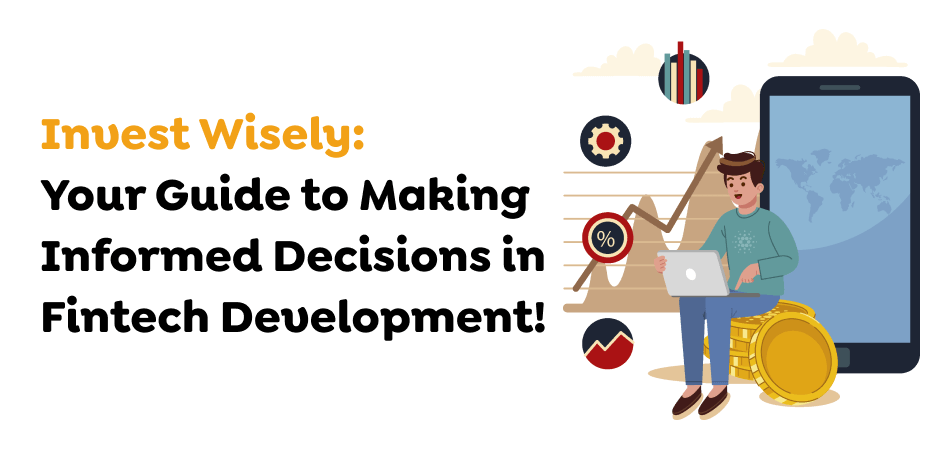
The application’s intricacy, functionality, security method, and platform options determine the final price of creating a fintech app like Myfawry. The minimal budget required for a simple application might reach $30,000 to $50,000, while an intermediate, complex, additional, and scalable functional application might need around $100,000 to $250,000 or more.
Although creating a fintech app will always be a considerable investment, the tremendous success in user attention and high sales prospects can make the whole process worthwhile. Starting with an MVP, reusing ready frameworks, and collaborating with a fintech app development company or eWallet app development company allows the creation of a helpful fintech app for a reasonable price.
For additional information or to partner with a mobile app developer, contact leading mobile application development companies in UAE, Dubai, or Saudi Arabia. These companies are experienced in constructing sound fintech subsystems and can offer advice according to your requirements.
Ready to turn your app idea into reality? Get in touch with Techugo today, and let’s build innovative solutions together!
Write Us
sales@techugo.comOr fill this form